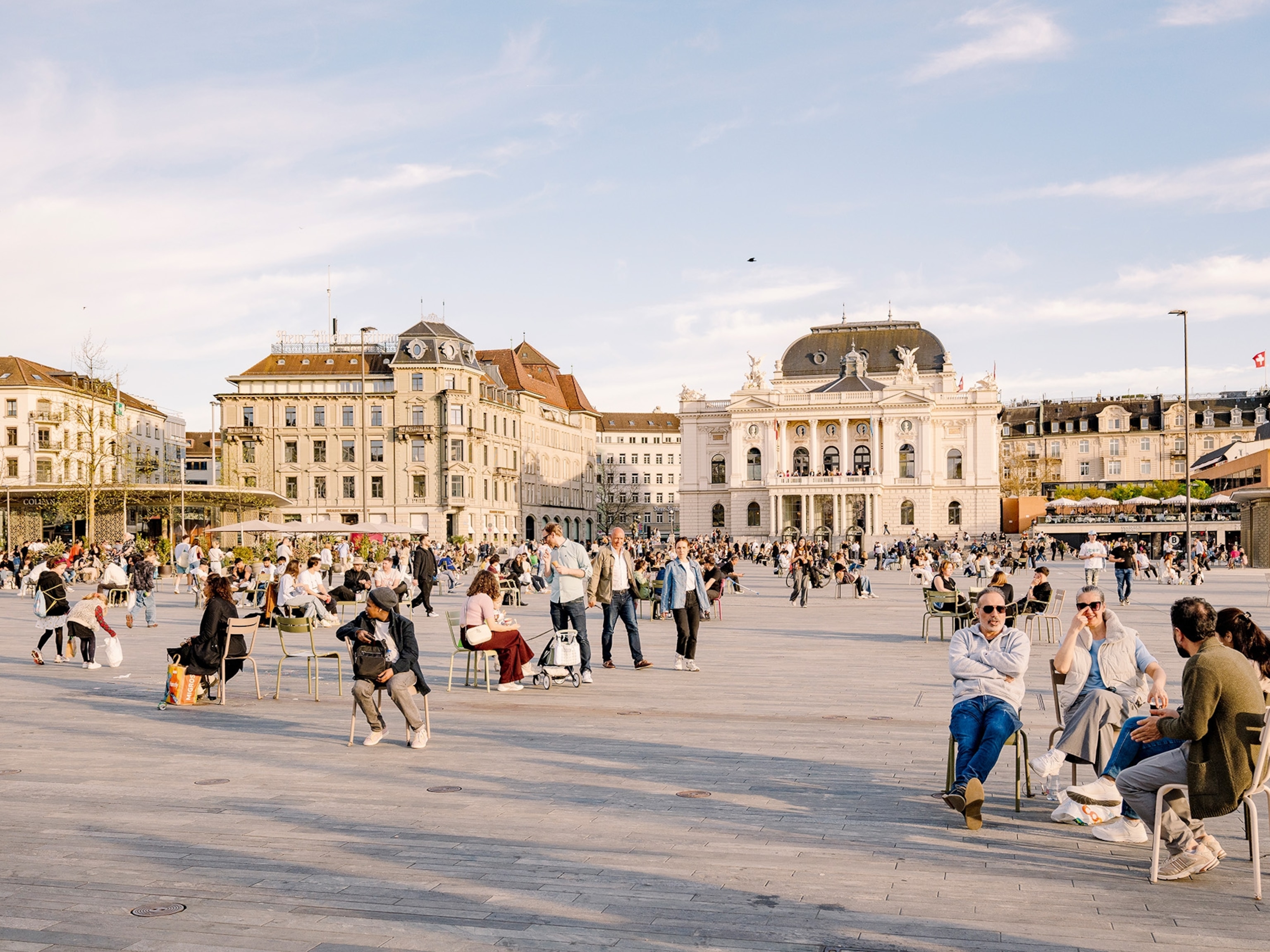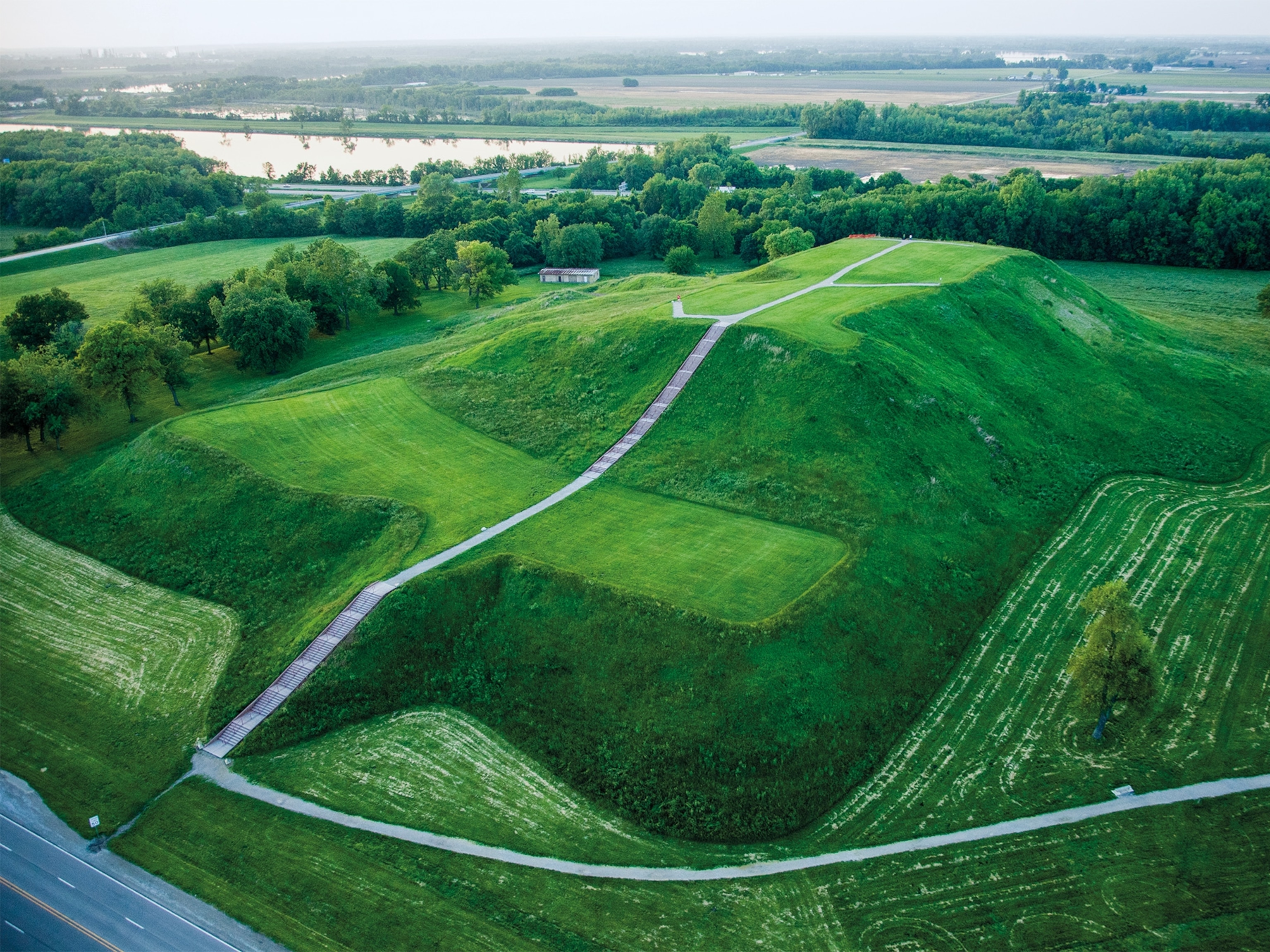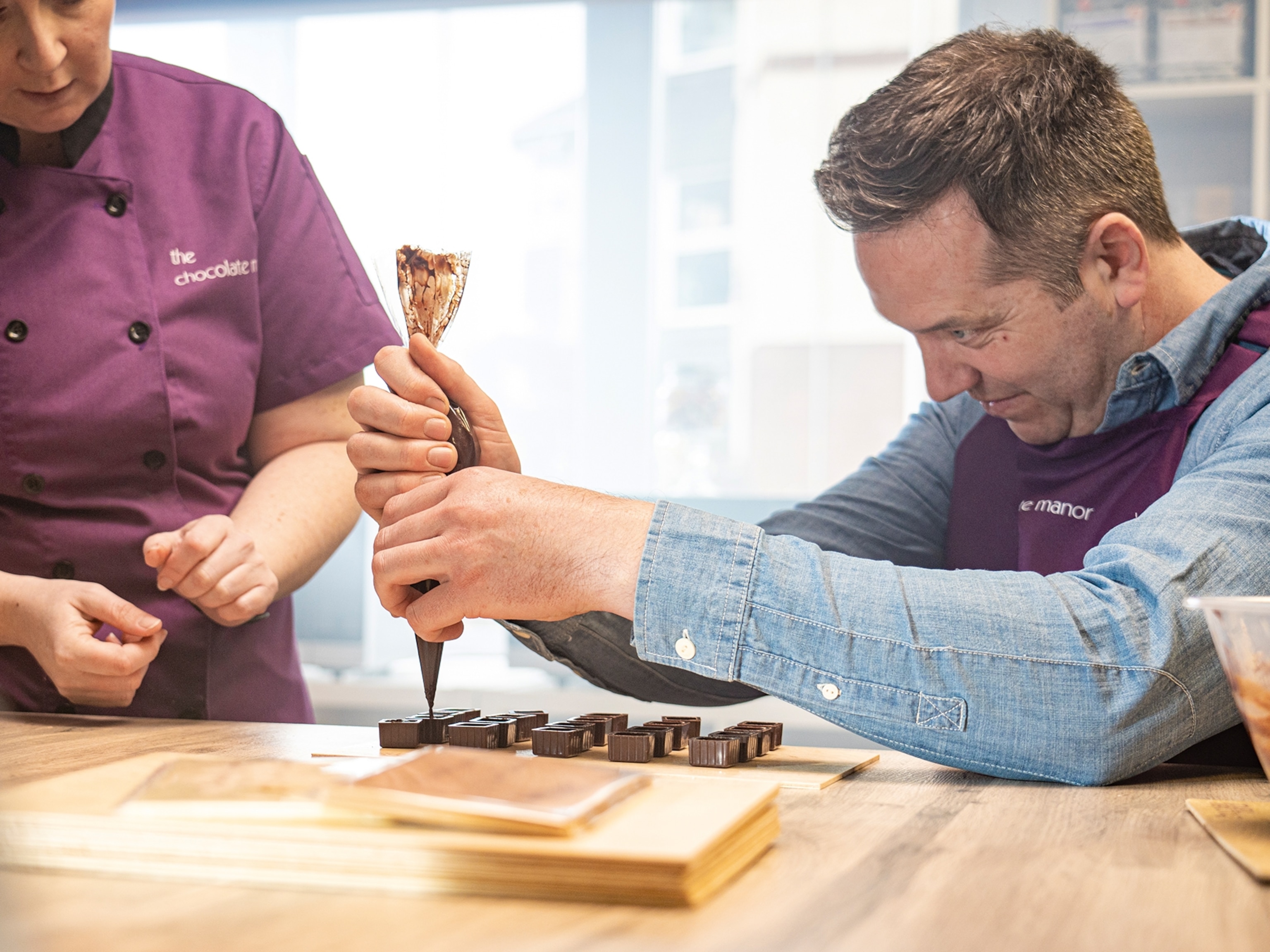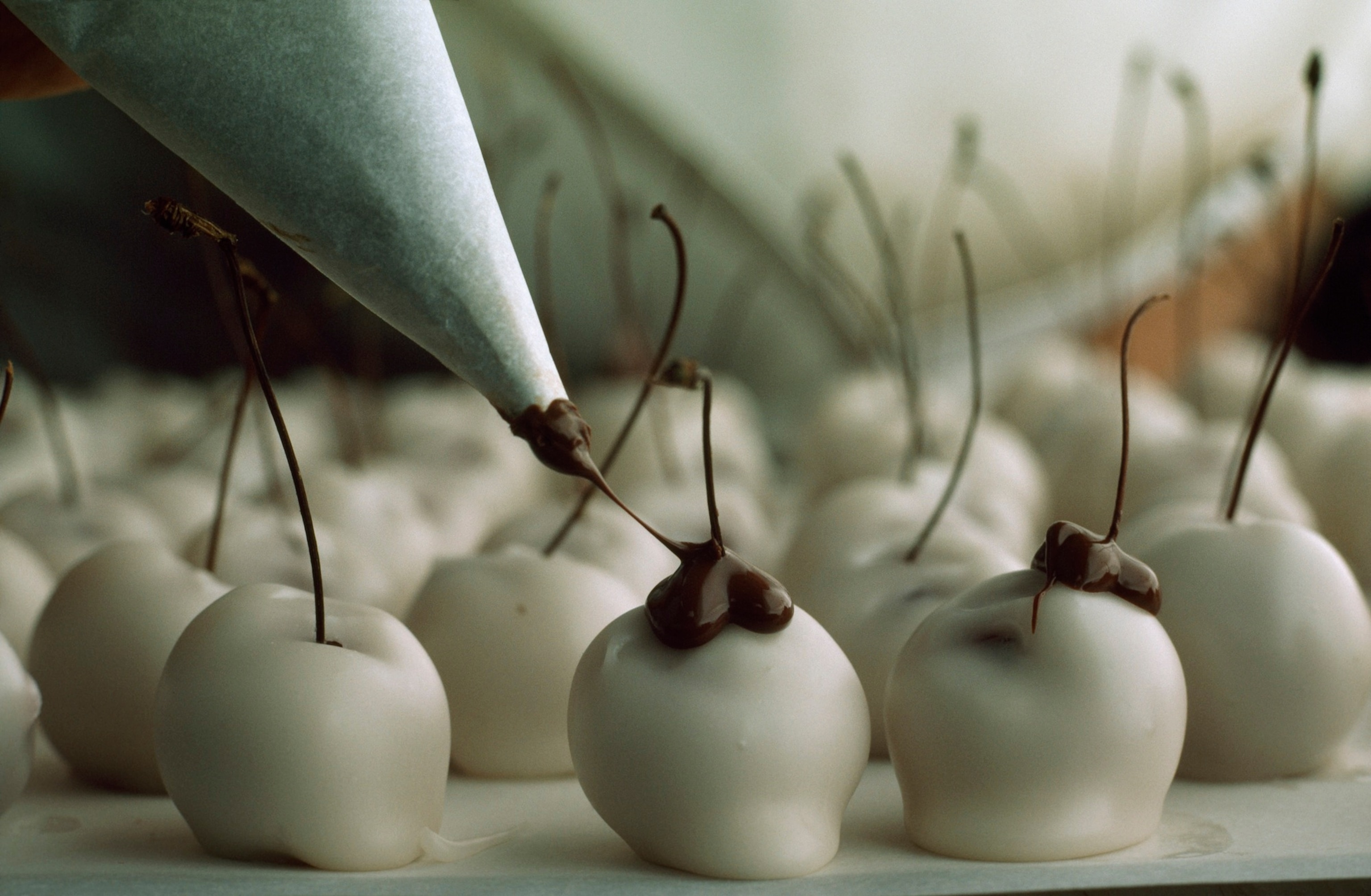
Why We Want Chocolate for Valentine’s Day
You’ve got your Sweethearts, your SweeTarts, and your dozen red roses. But I’m willing to wager that most lovers must arrive bearing chocolate on Feb. 14, or be turned away at the door.
Fair trade, dark, white, kosher or straight up Hershey’s milk, Americans and Europeans consume most of the world’s chocolate. Nearly 9 in 10 U.S. adults say they buy chocolate, and seasonal retail sales of chocolate increase 6.1 percent from 2011-2013 over previous years, according to market researchers over at Mintel. Cacao beans are primarily grown in Africa, and the finished product is spreading to new markets like China (Somehow the concerns of how chocolate is sourced or whether it is really good for us tend to take a backseat around this time of year. But not for too long over here at National Geographic.)
So how did chocolate become the ultimate Valentine’s Day treat?
The origins of the historic combination are far from clear. Chocolate has been considered an aphrodisiac since the time of the Aztecs, and was once only available to the wealthy. Spanish conquistadors brought it back to Europe, and according to The Oxford Companion to Food, Italian chefs were shaving blocks over their risottos in the late 17th century. The French made pastilles in the 18th century, a favorite of the marquis de Sade. But it wasn’t until the cocoa butter extracted from the beans was processed into the rough form of a candy bar in England in 1847, according to Cadbury, and later rounded out with milk, that its appeal began to grow. Once candy became cheaper to produce, more people got to taste it. And once they tasted it, well, you know the rest.
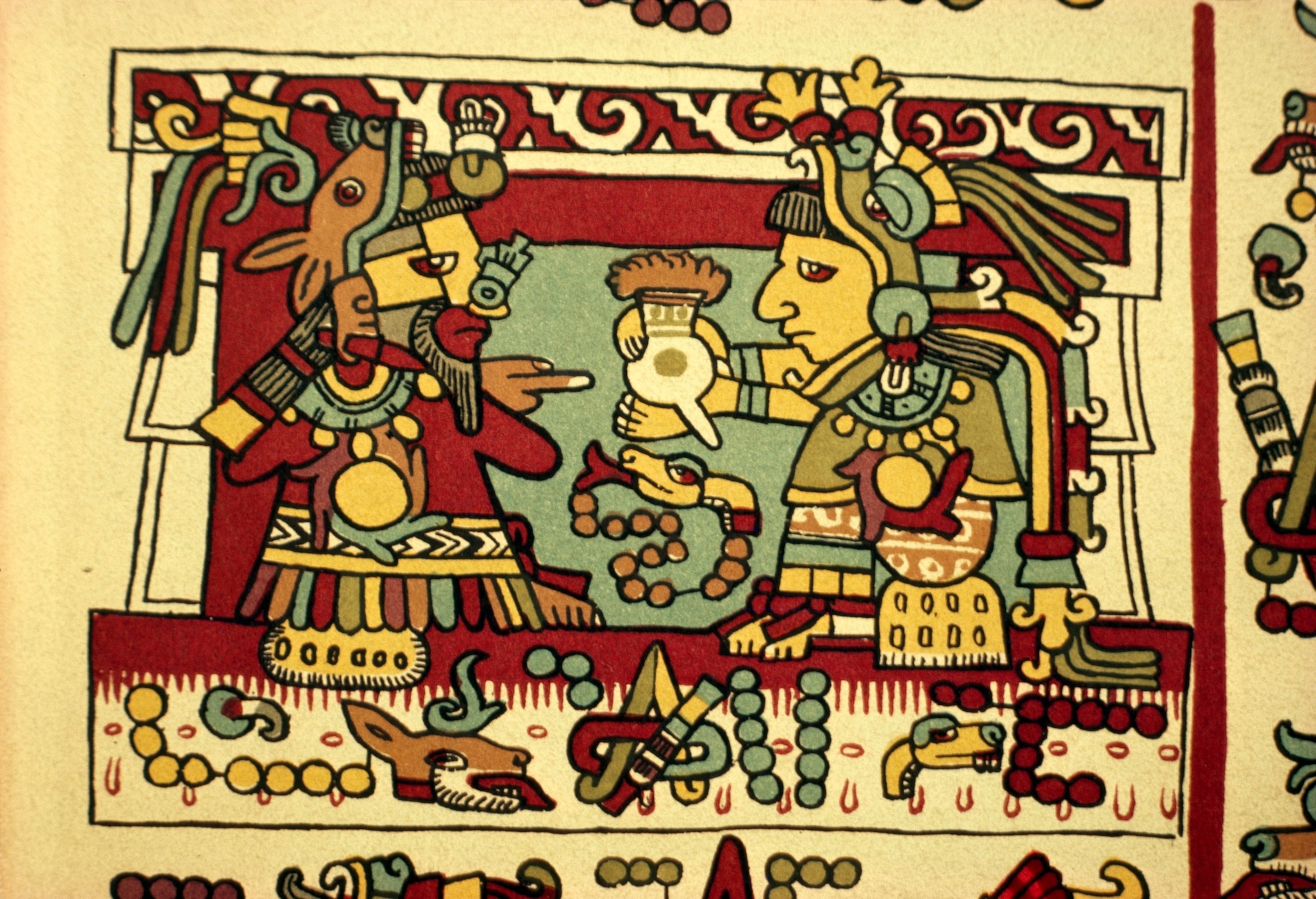
Meanwhile, the origins of Valentine’s Day are even more complex. They can be traced to Roman times and Lupercalia, a Pagan festival that involved fertility and feasting in mid-February. The Romans “were drunk. They were naked,” Noel Lenski, a historian at the University of Colorado at Boulder, told NPR in 2011. Young women lined up for the men to hit them, Lenski says. They thought would make them fertile.
Not too romantic, was it? It gets crazier. The early Catholic Church martyred a rebel priest named Valentine and tried to take the nakedness out of the Lupercalia festival by declaring Feb. 14 as St. Valentine’s Day. Chaucer combined the essence of the pagan rituals with courtly ideas of love in one famous Valentine’s poem about bird sex: “And, Lord, the blisse and joye that they make! For ech of hem gan other in wynges take.” And then Shakespeare took the notion of romantic love even further in the sonnets.
“Twill make Old women Young and Fresh; Create New Motions of the Flesh, And cause them to long for you know what, If they but taste of chocolate,” wrote Englishman James Wadsworth (1768–1844) in his poem, A History of the Nature and Quality of Chocolate.
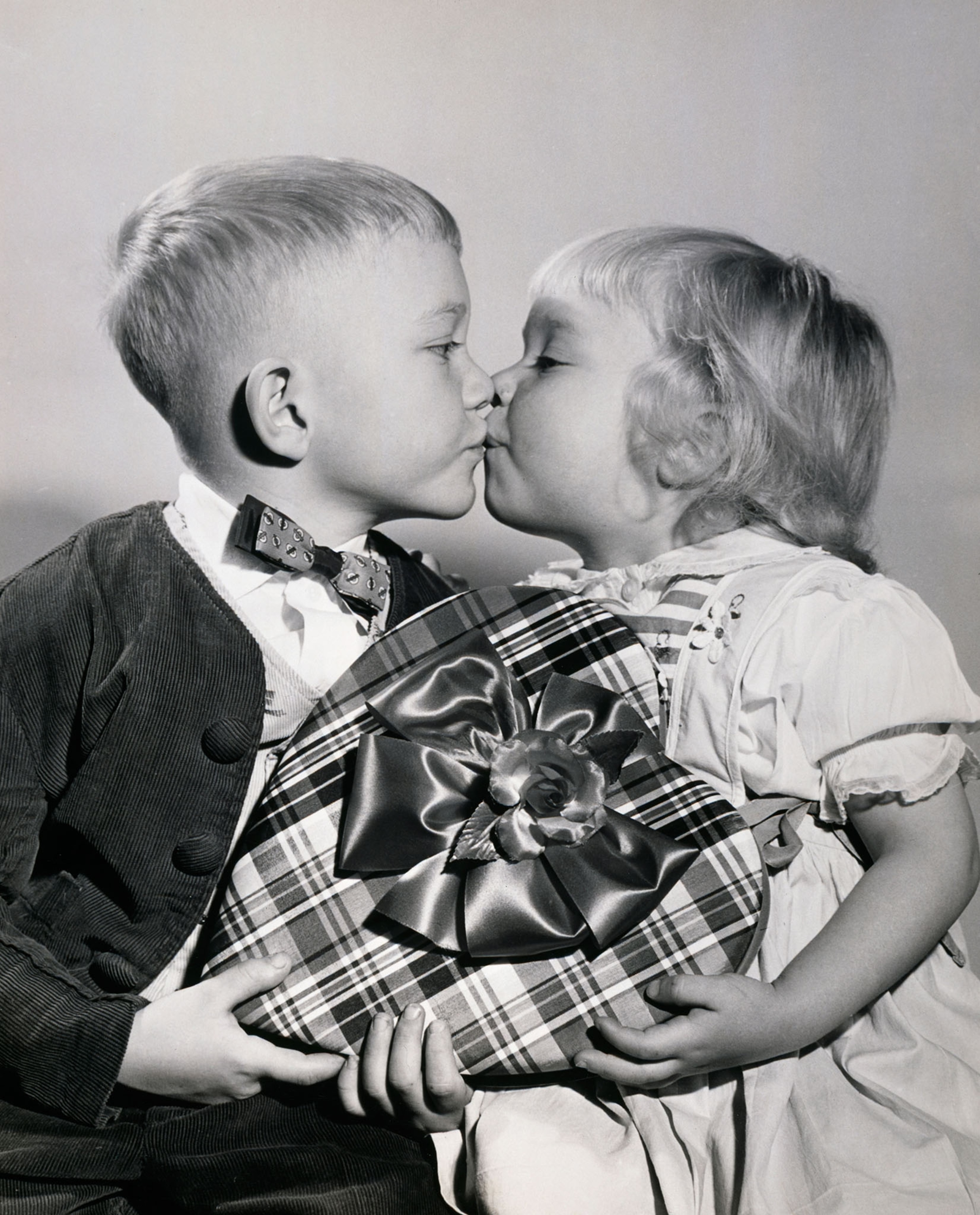
So the celebration of love, and let’s face it, sex, created its own holiday. And the holiday continued to morph from one in which lovers exchanged words and vows into one in which they exchanged preprinted cards, pricey gifts and candy. Was it candymakers looking to capitalize on the sales slump between Christmas and Easter? Was it the Victorians’ obsession with frilly lace and keepsakes that encouraged chocolatiers to create decorative heart-shaped boxes? We may never know exactly how chocolate became part of the lover’s list of must-haves on Valentine’s Day, but we know we can’t come home without it.

